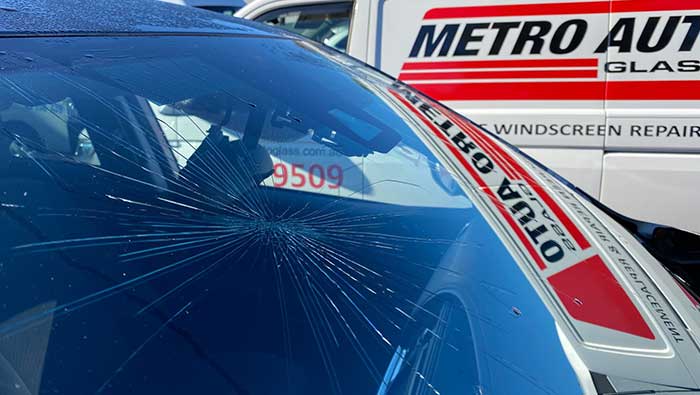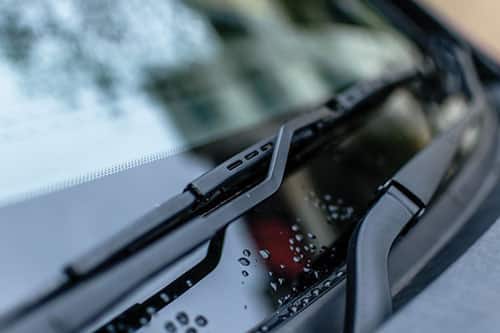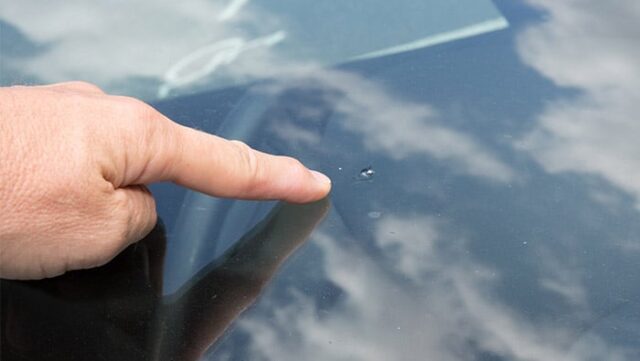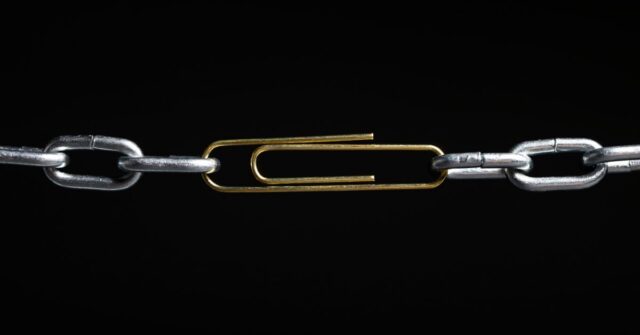More than just an annoyance, windscreen chips and cracks can be very dangerous. Not only can they distract the driver whilst driving, but they reduce the safety of your whole vehicle.
But what causes them in the first place?
Road Debris and Stones
This remains the common cause of windscreen damage for vehicle owners all over the world.
Damage is often caused by loose stones that are kicked up from other vehicles on the road either driving in front of you or coming towards you in the opposite direction.
This is especially true while roads are under construction or if a truck has lost a load of small particles.
Other common occurrences involve large vehicles overtaking or passing you which causes road debris to be thrown onto your front windscreen.
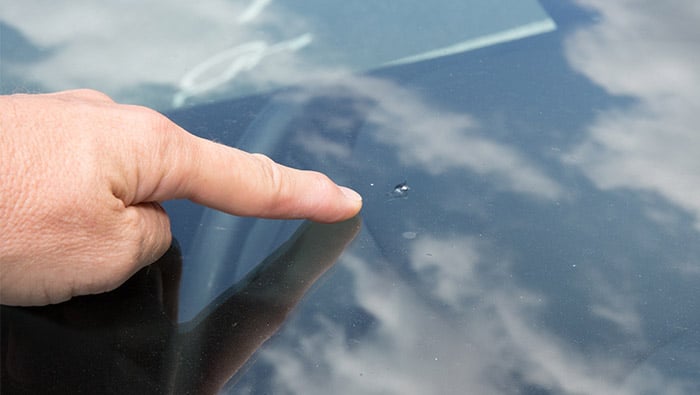

Temperature Fluctuations
With temperature changes, the windscreen can either contract or expand continually and this may result in the development of tiny cracks. This is also what can cause a small crack to grow in size.
When the vehicle is exposed to moisture, cracks are bound to expand at an increased rate.
For instance, when the temperature outside is higher than inside the vehicle, it results in the contraction of the glass which causes stress and eventual damage.
While direct sunlight is not among the common causes of windscreen damage, intense temperatures, especially in regions that do not experience it, often result in glass shape distortion.
For this reason, in extreme temperatures try to keep your car under the shade to avoid unnecessary issues.
Structural Fragility and Vibrations
The windscreen plays a critical role when it comes to supporting the safety structures of the vehicle.
They aid in dispersing the driver and passenger airbags when deployed and reinforce the roof in the event of an accident.
Because of this, a robust adhesive should be used when installing the windscreen to ensure a reliable seal.
Even then, driving-related pressure can result in cracks but this is dependent on the glass manufacturing procedure and its quality.
The windscreen edges are usually the weakest. This is attributed to the fact that when glass is heated, followed by a cooling process, leftover shock is created along the borders.
Based on this if you have low-quality glass and, or has not been installed properly, then there is a chance that driving over bumpy roads could cause a crack to form.
If a crack already exists then the likelihood of it increasing in size from being fragile and experiencing vibrations is much greater.
Repair Any Damage Before It Spreads
As you can see, windscreen damage can occur when or when not driving. And once even the slightest damage has occurred, which may be repairable, the chances of it spreading are great. Even if you don’t drive it.
For this reason, you should always try to repair your damaged windscreen as soon as you notice it.
If you get onto it early you may have a quick and cheaper repair job as opposed to a longer and more expensive windscreen replacement.
